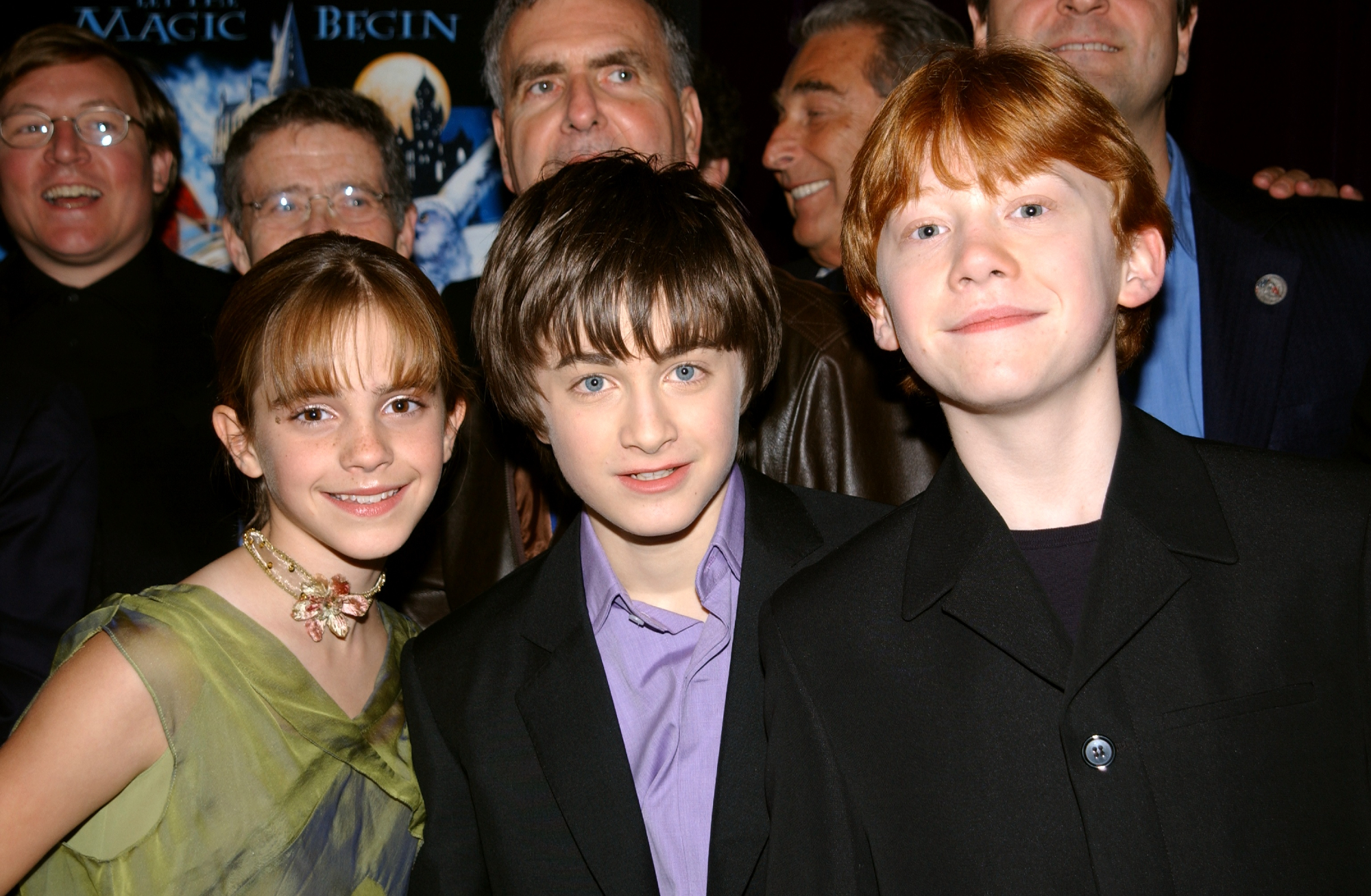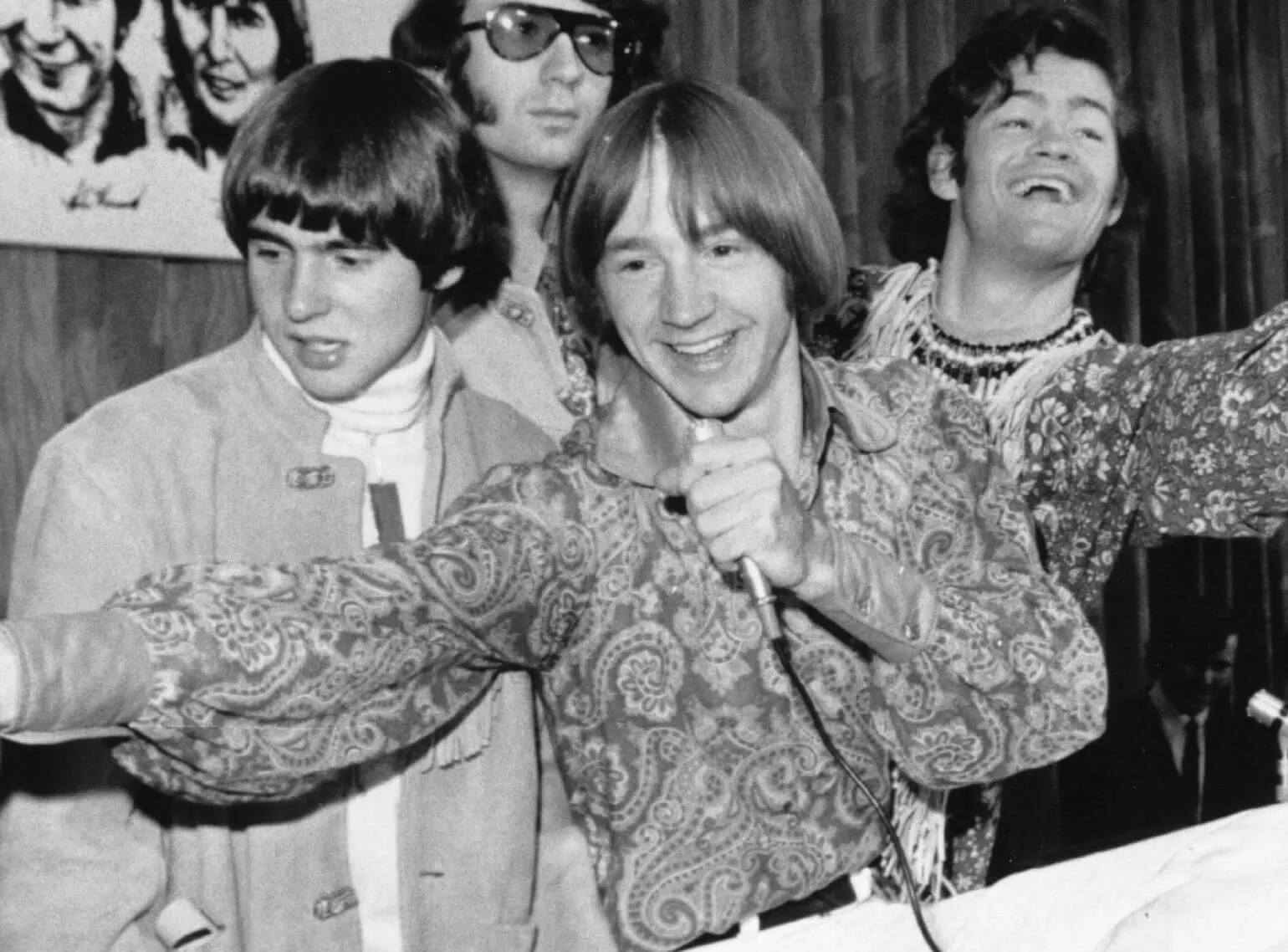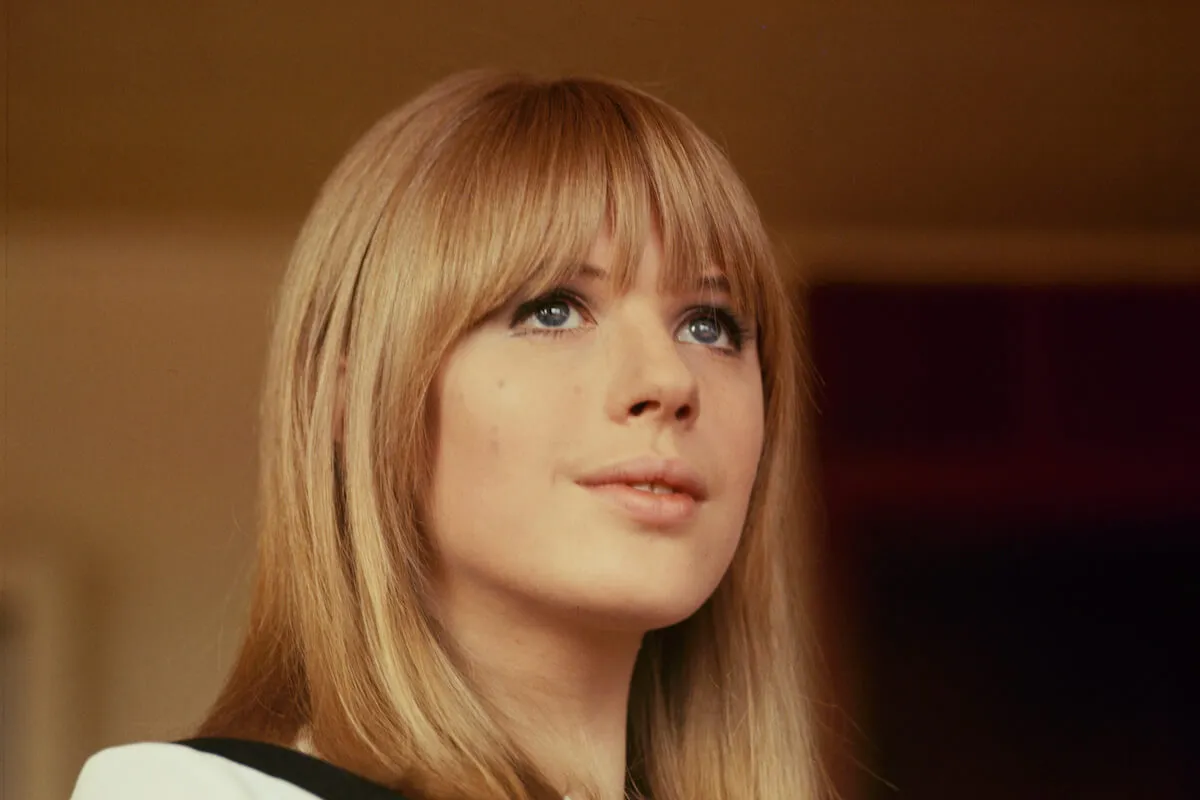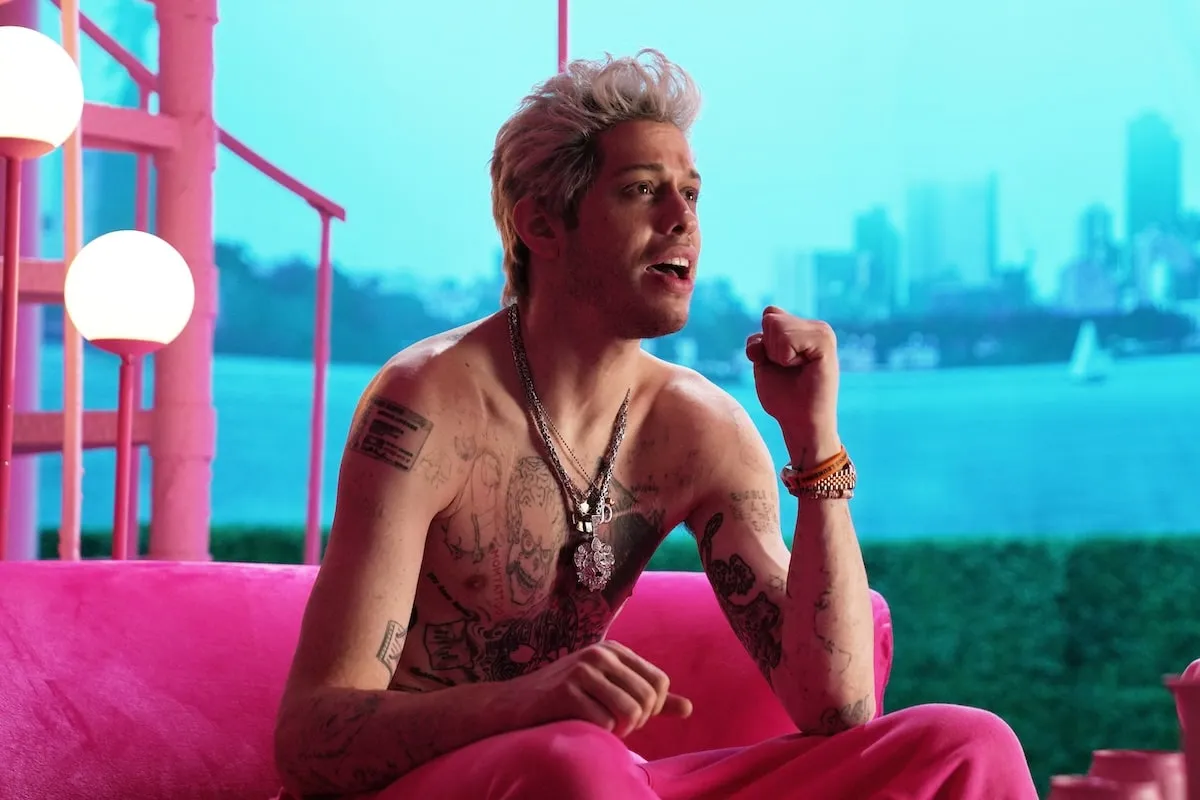The ‘Harry Potter’ Movies Had to Change ‘Odd’ British Laws to Get Made
Harry Potter is one of the biggest book franchises of all time. It captures another world entirely through the eyes of children. The source material turned into a massively successful feature film franchise that continues to keep its passionate fandom hooked. However, British laws made it difficult to get the movies made. Harry Potter and the Sorcerer’s Stone executive producer Duncan Henderson recently explained how they changed the laws to make production happen.
The ‘Harry Potter’ cast had a lot of children involved

Making a big Hollywood production is difficult enough, but working with child actors makes it even trickier. There are specific rules and laws that productions must follow. Directing children requires special attention beyond how directors typically work with adult actors. However, many successful actors got their starts working in the entertainment industry as child actors.
Harry Potter had a massive cast of children that extends past the three main characters of Harry Potter (Daniel Radcliffe), Hermoine Granger (Emma Watson), and Ron Weasley (Rupert Grint). Sometimes, hundreds of children were in frame as students at the wizarding school.
‘Harry Potter’ had to change British laws before production started
The Behind the Wand podcast interviewed Henderson to reminisce about Harry Potter and the Sorcerer’s Stone. Henderson had a lot to share about his behind-the-scenes experiences, including the difficulty of working with child actors.
“The biggest problem we had to get around was the child labor laws that were there in place,” Henderson said. “When I read them the first time, I was like, ‘Woah. Where did these come from?’ They were kind of odd, more than anything else. It was because they were created originally for the stage, not for movies. There were labor laws for children when they were working with theater, and of course, it worked a little bit better in theater.”
Henderson continued: “But, for a movie, it was really like, ‘Woah, these are difficult to deal with.’ But we had to go to Parliament to have the laws changed. So it was a big deal. We got that done, and I think that’s helped the British film community because there weren’t laws that reflect international laws. Mostly they were based on Screen Actors Guild rules and California state rules, so it wasn’t like we were getting rid of the rules. We were making them more efficient.”
The laws didn’t change overnight
The British film industry’s change in rules was a huge advancement. J.K. Rowling wanted Harry Potter filmed in the U.K., so it was important that the production could work as efficiently as possible.
“The fact was when you look into it, there were people who were circumventing the rules,” Henderson told the Behind the Wand podcast. “We had 400 kids in the Great Hall on our biggest days. First of all, you wouldn’t want to circumvent the rules, but certainly, you couldn’t even if you wanted to. You could never get like 400 people to all agree that we’re going to not follow the rules to the letter of the law. So we needed to follow them.”
Henderson concluded: “The very first day we shot, we were under the old rules. We were shooting on location up in the North of England, and the rules didn’t get done until like the second day or the third day.”


